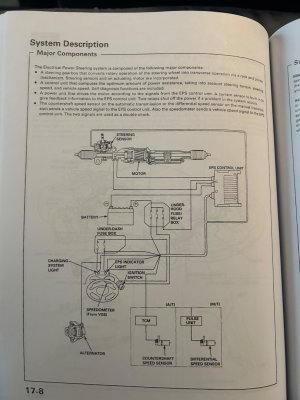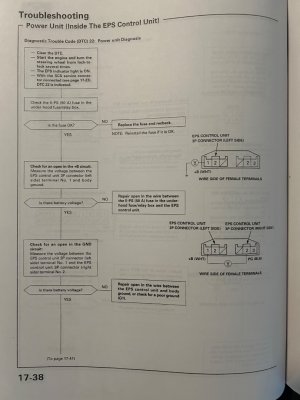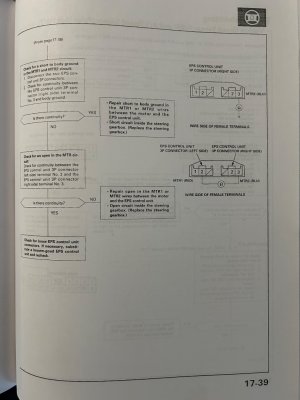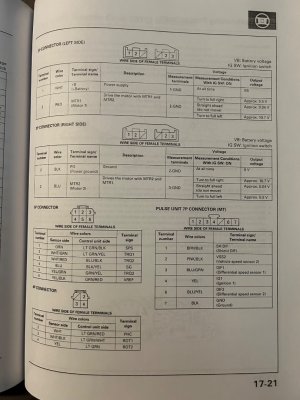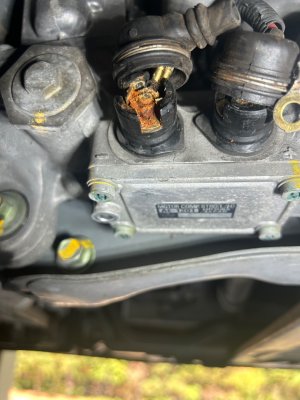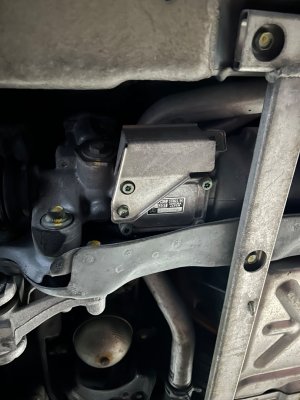My ‘95 NSX with 18k miles. Several months ago my EPS light came on. I didn’t read the code because my battery had died and I thought this was the cause. I reset the EPS light by pulling the click fuse.
I haven’t driven the car much since then and because I have a smog check I decided to plug into OBDII and make sure it was ready. It wasn’t showing “Catalyst” test not completed. While driving it around to see if I could get the catalyst reset, the EPS light came on. This time I read the code and it was 22. I checked my battery cables and things seemed tight. I decided to reset the EPS by pulling the fuse. After doing this it reset but lit up after a minute or two after starting the car.
Given what I’ve read it’s likely the EPS module needs to be fixed. I’ve emailed BrianK and hope to get his opinion.
Anything else I should try?
As always, thanks. No way I could have gotten this far without this forum.
Ed
I haven’t driven the car much since then and because I have a smog check I decided to plug into OBDII and make sure it was ready. It wasn’t showing “Catalyst” test not completed. While driving it around to see if I could get the catalyst reset, the EPS light came on. This time I read the code and it was 22. I checked my battery cables and things seemed tight. I decided to reset the EPS by pulling the fuse. After doing this it reset but lit up after a minute or two after starting the car.
Given what I’ve read it’s likely the EPS module needs to be fixed. I’ve emailed BrianK and hope to get his opinion.
Anything else I should try?
As always, thanks. No way I could have gotten this far without this forum.
Ed



